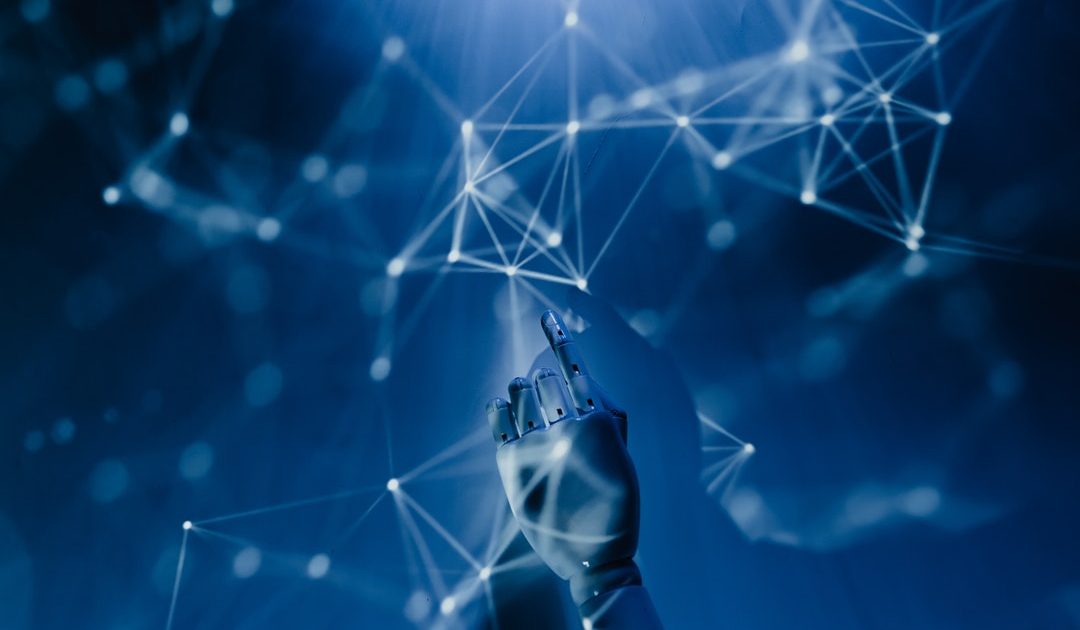Artificial Intelligence and its Increasing Value in Improving Employee L&D

Businesses adopting artificial intelligence rose 270% from 2016 to 2019. AI has touched every facet of our lives — from business to education.
Learning and development at offices are quickly adapting to technology and AI to train employees more efficiently. 61% of employees say that artificial intelligence has improved their productivity at work.
Let us take a look at what role AI plays in the learning and development of a workforce and how you can embrace it too.
Why is AI Important to Learning & Development?
AI has the potential to transform learning and development on a global scale. Methodologies like Machine Learning and Adaptive Learning study past behaviours to alter the learning paths that fit the skills and needs of learners.
This intuitive nature of AI technology is crucial in the advancement of L&D. It helps create a unique learning course and path for every employee. It empowers them and helps them learn more efficiently.
Different use cases
There are many ways to integrate AI into your learning and development exercises. Some of the most prominent ones are listed below:
-
Personalising learning pathways
Adaptive learning is the education model that leverages the power of AI to study previous responses of a learner to coordinate their next lesson.
This way, if someone is slow in understanding a topic, their next lesson will be one that reinforces that topic in different or easier ways instead of a new one.
-
Integrating training in routine workflow
Training is often given in a separate setting that disrupts the workflow. Around 93% of companies wish to integrate them into the daily routine of workers.
AI helps you overcome the issue by making training a continuous process. It keeps adjusting what the worker learns next based on their real-time performance.
-
Boosting completion rates
By designing the learning process around the learner’s skills and preferences, AI makes overall training and development an easier process for workers.
They are more willing to see the entire training through as they know it will be a personalized process. As of now, only 15% of employees are willing to complete entire programs and AI is helping increase that percentage.
-
Reinforcing training and development
Since training programs are often set apart for months or years, there comes a need to reinforce the training from time to time. Reinforcing training and development can sometimes be a chore.
By making it a continuous process, you eliminate the need to reinforce training every few months. Instead, you reinforce it each day every day. Workers are always learning to the best of their capabilities with AI.
-
Measuring learning effectiveness
There is a belief that personalising learning leads to inconsistent or incomparable outcomes. However, AI actually helps in taking different or nonlinear paths to reach the same outcome.
By collecting much more accurate and detailed data, you can analyse a worker’s learning abilities far more comprehensively. You can further use it to improve training procedures for them.
-
Makes training accessible to a wider audience range
There are many ways to make training programs more accessible to people with disabilities. For example, providing closed captions for the hearing impaired and speech and voice recognition for the blind.
Imbuing training material with AI tools helps mould it to the learner’s special needs and makes learning and development more accessible.
-
AI-based digital tutors
A study by the DARPA used AI-based digital tutors with a group of trainees and found that the learners responded well to them.
They picked up what was taught to them better and outperformed experts as well. Digital tutors may become a staple of L&D in the future with the success they have had.
Conclusion
AI has only recently made its way into the learning and development sphere. However, it is quickly proving how beneficial it can be in revolutionising education and training.
From personalised training and adaptive techniques to digital tutors and increased actability, AI is helping improve training and make it a continuous and evolving process.
